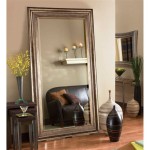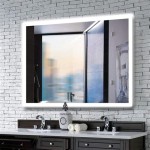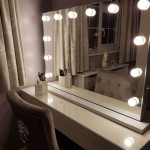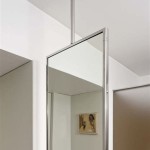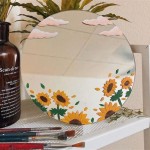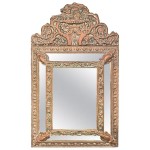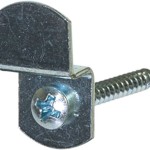Does a Convex Mirror Always Produce a Virtual Image?
Convex mirrors, also known as diverging mirrors, are spherical mirrors with their reflective surface curved outward. They are commonly used in rearview mirrors in vehicles, security systems, and store entrances due to their ability to widen the field of view. One of the key characteristics of convex mirrors is that they always produce virtual images. This article aims to delve into the reasons behind this behavior and elucidate the concept of virtual images.
Understanding the Nature of Images
Before exploring the behavior of convex mirrors, it's vital to grasp the fundamental difference between real and virtual images. Real images are formed when light rays converge at a point, creating an image that can be projected onto a screen. In contrast, virtual images are formed when light rays appear to diverge from a point, but they do not actually converge. These images cannot be projected onto a screen, but they can be observed by the human eye.
How Convex Mirrors Form Virtual Images
Convex mirrors form virtual images due to their diverging nature. When parallel light rays strike a convex mirror, they are reflected outwards, as if they are originating from a point behind the mirror. This point is known as the focal point (F) of the mirror. The image formed by a convex mirror is always:
- **Virtual:** The reflected rays do not actually converge to form the image. Instead, they appear to diverge from a point behind the mirror.
- **Upright:** The image is oriented in the same direction as the object.
- **Smaller than the object:** The size of the image is always smaller than the size of the object.
The virtual image formed by a convex mirror is located behind the mirror, between the mirror's surface and its focal point. This location depends on the distance of the object from the mirror. The farther the object is from the mirror, the closer the virtual image is to the mirror's surface.
Why Virtual Images are Useful
Virtual images formed by convex mirrors offer several practical applications. Their wider field of view makes them ideal for:
- **Rearview mirrors:** They allow drivers to see a broader area behind their vehicles, increasing safety by warning of approaching cars or obstacles.
- **Security systems:** Convex mirrors are used in security systems to monitor large areas, such as parking lots or store aisles, providing a wide-angle view for surveillance.
- **Store entrances:** They are often positioned at store entrances to provide staff with a clear view of the entire shop floor, aiding in inventory management and customer assistance.
In addition to these applications, convex mirrors are also used in telescopes, microscopes, and other optical instruments to adjust the path of light rays. Their ability to diverge light rays plays a crucial role in the functioning of these devices.
In conclusion, convex mirrors always produce virtual images due to their diverging nature. These virtual images are upright, smaller than the object, and located behind the mirror. Their wide field of view, coupled with their ability to produce virtual images, makes convex mirrors valuable tools in various applications, contributing to safety, security, and efficiency.
Is It Possible For A Convex Mirror To Produce Real Image When The Object Virtual Quora

A Convex Mirror Always Produces An Erect Real Image Of Diminished Sizean Virtual And Enlarged Sizea Size

Can A Convex Mirror Produce Real Image When The Object Is Virtual And Vice Versa Concave If Yes How Will It Be Possible Why Quora
Can A Convex Mirror Form Magnified Image Quora
Under What Condition Do Converging Lines Form A Virtual Image Quora
In What Situations Do Convex Lenses Create Virtual Images Quora
How To Know If An Image Is Real Or Virtual In Both A Concave And Convex Context Quora
Solved Which Statement About Convex Mirrors Is Correct O A Chegg Com
Is It Possible For A Convex Mirror To Produce Real Image When The Object Virtual Quora
Is It Possible For A Convex Mirror To Produce Real Image When The Object Virtual Quora

